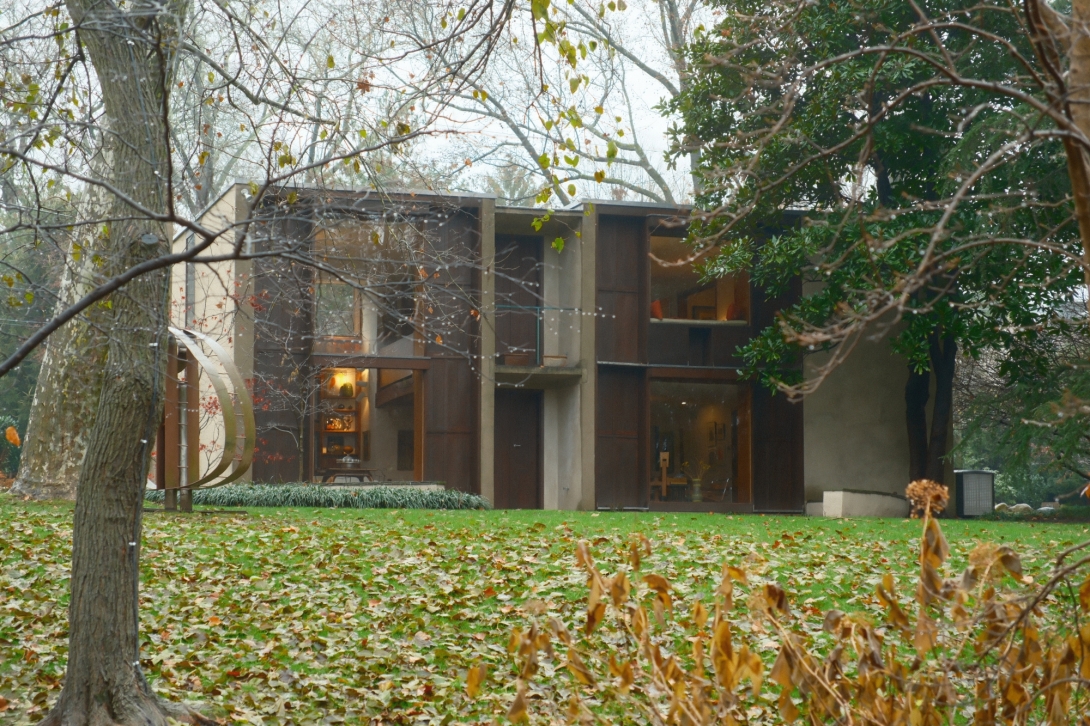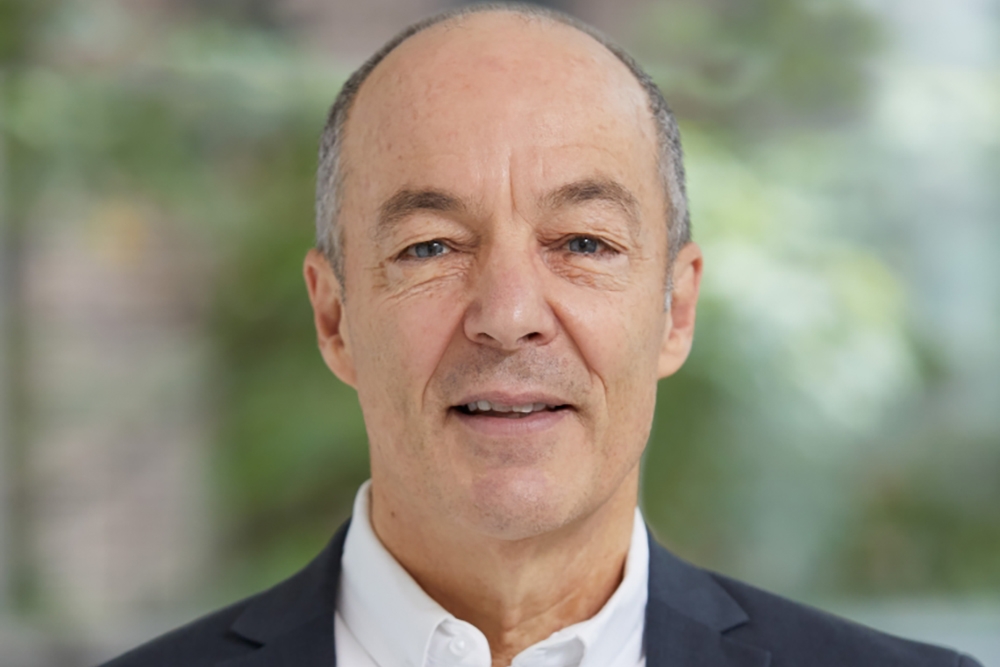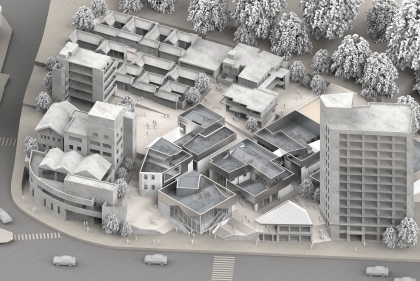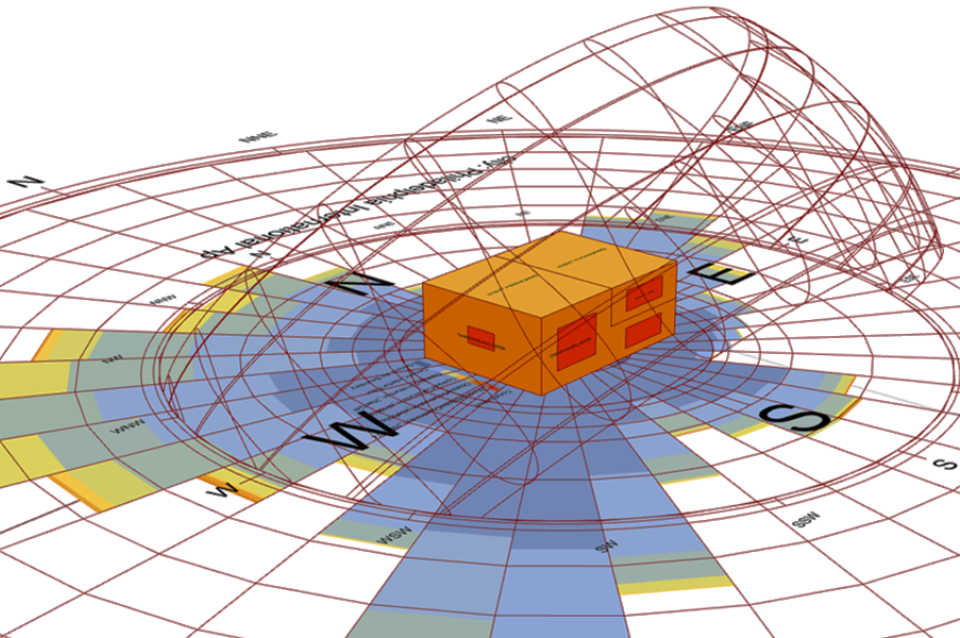July 15, 2025
Stuart Weitzman School of Design
102 Meyerson Hall
210 South 34th Street
Philadelphia, PA 19104
Get the latest Weitzman news in your Inbox
Media Contact
Michael Grant
mrgrant@design.upenn.edu
215.898.2539
Weitzman has just introduced Fundamentals of Bioclimatic Design: Techniques for Architectural Innovation, a new online course to expand access to environmentally responsive design. Developed and taught by William Braham, the Andrew Gordon Professor of Architecture and the director of the Center for Environmental Building Design, the course empowers architects with essential strategies to design buildings that are energy-efficient, healthy, and comfortable.
As the built environment accounts for nearly 40% of annual greenhouse gas emissions, and buildings represent approximately 30% of total energy consumption worldwide, bioclimatic design is no longer optional. At a time when organizations of all sizes are scrutinized for their carbon footprint, this course addresses the architectural sector’s most urgent challenge: how to design for both people and the planet.
This seven-module Coursera program is tailored for a broad audience, with one pathway for a general audience and a more technical pathway for learners ranging from undergraduate and graduate architecture students to mid-career professionals in architecture, construction, and real estate. With a balance of theoretical and applied content, it caters to both seasoned practitioners seeking to enhance their design credentials and designers in training looking to stand out in their field.
Rethinking Buildings as Mediators Between People and Climates
Fundamentals of Bioclimatic Design begins by examining bioclimatic design strategies from the second half of the 20th-century that prioritized “passive” design—harnessing the physical properties of walls, windows, and thermal mass to regulate indoor climate. It then extends those practices into the 21st century leveraging local environmental resources with smarter technologies to make buildings comfortable, healthy, and energy efficient. From this foundation, learners explore how making envelopes responsive to the climate can bring buildings to a new level of performance without HVAC systems.
“Innovation isn’t just about new tools—it’s about new ways of thinking,” says Braham. “After taking this course, learners will have a framework for understanding the building envelope as a living interface between people and their environments.”

Margaret Esherick House
Real-World Case Study: The Esherick House
Through the sequential modules of the course, the power of bioclimatic design is demonstrated using an architectural icon—Louis Kahn’s Esherick House—as a case study, improving it from a 25% comfort level in its original design to a comfort level over 90% when it is improved and responsive to its climate. By learning to design for comfort first, architects produce very high-performance buildings before even considering HVAC systems.
Assignments range from understanding thermal properties of materials to dynamic modeling of heat loss and solar gain across four climate types. Weekly modules build practical fluency in principles like thermal mass, shading, and responsive ventilation.
Empowering Architects to Lead on Sustainability
By connecting theory to practice, the course empowers professionals to take control of environmental design—not just to meet building codes, but to exceed them. Topics include:
- Human thermal comfort
- High-performance enclosures
- Glazing and selective transparency
- Passive and active systems integration
- Resource-based design using environmental reservoirs
Learners are prepared for future academic credentials such as LEED AP or Passive House certification, and ultimately, leadership roles in high-performance building design.

“Innovation isn’t just about new tools—it’s about new ways of thinking,” says Braham.
Environmental Building Design at Weitzman
In addition to Fundamentals of Bioclimatic Design, Weitzman offers a 1-year Master in Environmental Building Design (MEBD) program and 2-year Master of Science in Design with a concentration in Environmental Building Design (MSD-EBD) program.
Penn is also home to the Center for Environmental Building Design, a faculty research unit and consultancy led by Braham dedicated to improving the environmental future of buildings and cities. Because the challenges of environmental design occur at multiple, interacting scales and can only be approached systemically, CEBD works in interdisciplinary teams on projects at a range of scales. Projects include climate action planning for academic and non-profit institutions; building products and components, such as responsive building skins, advanced glass; and building performance & design, including energy, daylighting and air flow analysis, new materials and methods of construction, and management strategies for large collections of buildings. Recent CEBD projects include energy and carbon plans for the University of Pennsylvania Health System, the City of Philadelphia, and the Chautauqua Institution, and building energy modelling for the Daikin Open Innovation Lab, Silicon Valley.
Enrollment for Fundamentals of Bioclimatic Design is now open. To learn more or register, visit Coursera.org.


 Expand Image
Expand Image


